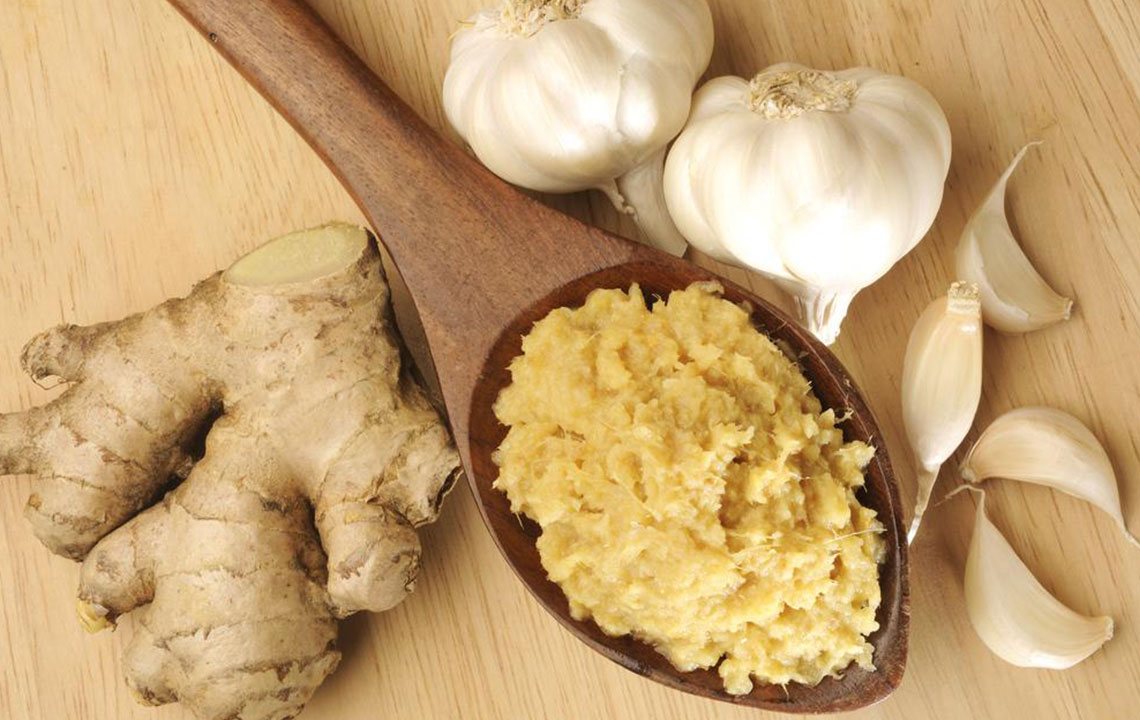8 Effective Home Remedies for Treating Poison Ivy
Though nature nurtures us, there are a lot of elements in nature that can pose problems for us. Some plants have a great medicinal value, whereas there are plants that can cause harm if one comes in contact with it. One such plant is the poison ivy. Poison ivy is the proof that everything that is present in nature isn’t meant to be used. This harmless-looking plant can be distinguished from the rest of the plants due to the presence of only three leaves, one in the center and the other two on each side.
When a person comes into contact with poison ivy, the area which came in contact with the poison ivy would soon witness an outbreak of angry red rashes.

However, there are various natural poison ivy treatment methods available that would bring immediate relief to the person suffering from the rashes caused by it.
Dish soap and cold water
Since urushiol is the substance that is responsible for causing rashes across the skin, and it is an oily, sticky substance, this natural poison ivy treatment method would focus on cleansing the oil of the skin before it provokes a breakout of rashes on the skin.
Baking soda baths and pastes
Baking soda is the ultimate savior when it comes to relieving oneself from the misery of rashes caused by poison ivy. One of the popular poison ivy treatment methods includes applying a baking soda paste or soaking your body in a baking soda bath. Baking soda immediately reduces the inflammation caused by poison ivy, and slowly the rashes would fade away.
Oatmeal Paste
Oatmeal is healthy in every way, and it can come to your aid if you have blisters on the skin caused by an encounter with poison ivy. Cook the oatmeal and apply it directly to the affected area. Ensure that the oatmeal is warm enough so that it would stick to the skin. Let it cool down, and when you wash it away, the irritation caused by the poison ivy would be washed away as well.
Jewelweed
Jewelweed can be considered to be the antidote to the damage caused by poison ivy. Crush jewelweed and extract the juice from the plant. Apply this juice directly to the affected area. Jewelweed has certain natural compounds that would help combat the rashes caused by poison ivy, or it controls body’s reaction to urushiol.
Apple Cider Vinegar
Apple Cider Vinegar has been hailed for its medicinal properties. It helps to combat obesity and is great for the hair and skin. So, it shouldn’t come as a surprise that it can be used as a poison ivy treatment method. Mix half a cup of apple cider vinegar in cold water and apply it directly to the affected area. The apple cider vinegar would soothe the infected area by reducing the inflammation dramatically. So, when you see rashes appearing on the skin, immediately rinse it with this solution.
Lemon juice and honey
Lemon juice and honey are the perfect ingredients used for treating rashes caused by poison ivy. The astringent property of lemon ensures that the boils on the skin reduce in size, and become less painless. Since honey is hygroscopic in nature, it is instrumental in driving out fluid from the blisters. This remedy would prevent the blisters from bursting, which is a painful experience in itself.
Aloe Vera Gel
The Aloe Vera plant is widely-popular for its healing ability. Be it acne or rashes; it combats almost all kinds of skin infections with the same gusto. Cut the Aloe Vera plant and extract the gel from it. Apply this gel directly to the affected area. You would experience immediate relief since the gel is bestowed with cooling properties and it would immediately get rid of the inflammation. So, in case your hiking plan goes haywire due to poison ivy, you can use this natural poison ivy treatment method.
Goldenseal
One of the most-effective natural poison ivy treatment method, goldenseal can ease the discomfort caused by poison ivy. The powdered root of goldenseal is an effective herbal remedy that can reduce the painful blisters and rashes caused by poison ivy. Mix powdered root of goldenseal in hot water and allow it to cool. Apply this solution to the affected area with a cotton swab. In addition to reducing the blisters, it would also speed up the healing process.

